Sugar Coating Helps Determine Cancer Cell Survival
Every living cell’s surface has a protein-embedded membrane that’s covered in polysaccharide chains—a literal sugar coating. A new study found this coating is especially thick and pronounced on cancer cells and is a crucial determinant of the cell’s survival. Consisting of long, sugar-decorated molecules called glycoproteins, the coating causes physicalchanges in the cell membrane that make the cell better able to thrive, leading to a more lethal cancer.


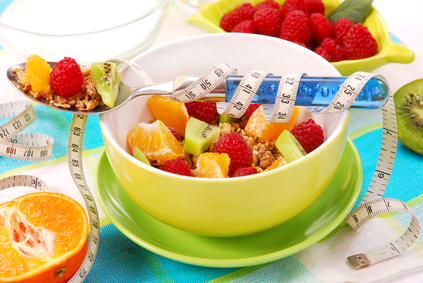
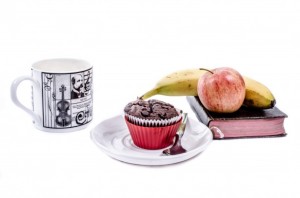 many rowers, runners, swimmers, and ice hockey players who eat their breakfast the night before. That is, instead of eating a bowl of cereal at 5:30 a.m., they enjoy it at 10:00 pm, before going to bed. This food helps them wake up in the morning with a normal blood glucose (blood sugar) level, and provides energy for an enjoyable and effective workout.
many rowers, runners, swimmers, and ice hockey players who eat their breakfast the night before. That is, instead of eating a bowl of cereal at 5:30 a.m., they enjoy it at 10:00 pm, before going to bed. This food helps them wake up in the morning with a normal blood glucose (blood sugar) level, and provides energy for an enjoyable and effective workout.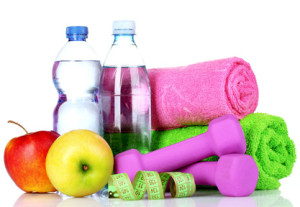 One client reported she didn’t eat before she went to the gym because she was exercising to burn calories. Why would she want to add calories to her diet? Wouldn’t that defeat the main purpose of her workouts?
One client reported she didn’t eat before she went to the gym because she was exercising to burn calories. Why would she want to add calories to her diet? Wouldn’t that defeat the main purpose of her workouts?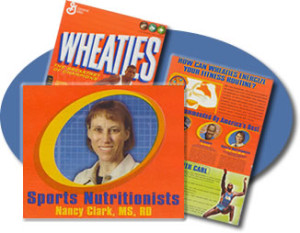 Boston-area sports nutritionist Nancy Clark, MS, RD offers one-on-one consults with both casual and competitive athletes. Her private practice is in Newton, MA (617-795-1875). For information about her Sports Nutrition Guidebook (2014) and food guides for runners, cyclists and soccer players, see
Boston-area sports nutritionist Nancy Clark, MS, RD offers one-on-one consults with both casual and competitive athletes. Her private practice is in Newton, MA (617-795-1875). For information about her Sports Nutrition Guidebook (2014) and food guides for runners, cyclists and soccer players, see 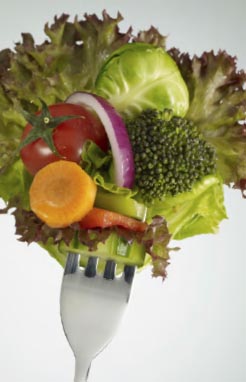
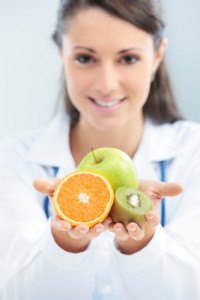
 • Plan to fill your food buckets with foods in their natural state, and limit your intake of highly processed foods. Some health professionals believe additives and food coloring in processed foods can trigger hyperactivity in certain people. Plus, highly processed foods often offer less nutritional value and fewer health benefits. Shop for fresh foods along the outside aisles of the grocery store: fresh fruit, vegetables, lean meats, low fat dairy, and whole grain breads.
• Plan to fill your food buckets with foods in their natural state, and limit your intake of highly processed foods. Some health professionals believe additives and food coloring in processed foods can trigger hyperactivity in certain people. Plus, highly processed foods often offer less nutritional value and fewer health benefits. Shop for fresh foods along the outside aisles of the grocery store: fresh fruit, vegetables, lean meats, low fat dairy, and whole grain breads.